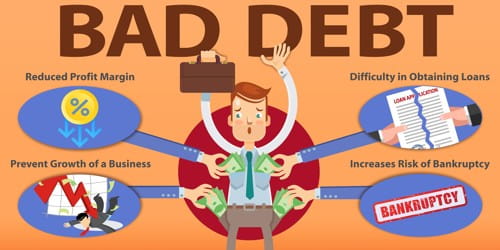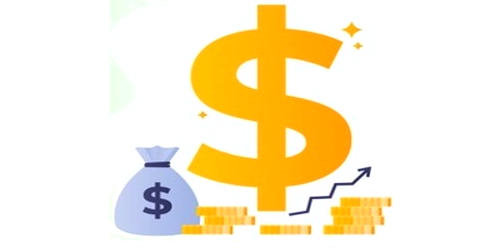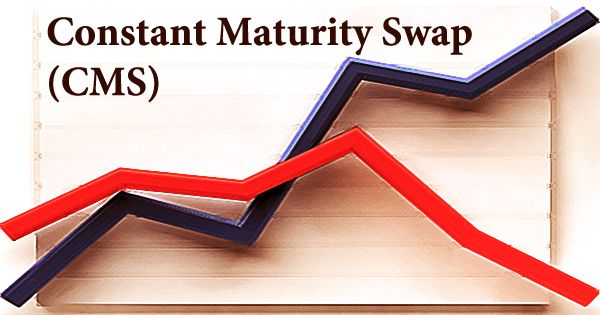Bad Debt
The term bad debts usually refer to accounts receivable that will not be collected. Debts, which are due to traders (debtors) because of credit sale and will not be realized at all, are called bad debts. In business, it is the portion of a loan or portfolio of loans a lender considers to be uncollectable. This is an expense that a business incurs once the repayment of credit previously extended to a customer is estimated to be uncollectible. This is considered a loss of the business and therefore debited to the profit and loss account. In personal finance, bad debt generally refers to high-interest consumer debt. Bad debt that applies to individual consumers is a term for debt that is harmful to consumers. It is a receivable that a customer will not pay. When it applies to transactions between companies is an inevitable part of doing business.
Reasons for Bad Debt –
- When the debtors have poor financial management, he cannot timely pay his debt.
- Debtor’s inability or unwillingness to pay is one of the major reasons for the debts to become bad.
- When the creditors are not able to collect the debts due to some of the other reasons.
The bad debts associated with accounts receivable is reported on the income statement as Bad Debts Expense or Uncollectible Accounts Expense. It is an account receivable that has been clearly identified as not being collectible. There are two main ways to estimate an allowance for bad debts: the percentage sales method and the accounts receivable aging method. There are two methods for recording the bad debts associated with accounts receivable:
- Direct write-off method, which removes the uncollectible amount directly from Accounts Receivable and records the amount as Bad Debts Expense
- Allowance method, which estimates the likely amount that will not be collected, and immediately credits Allowance for Doubtful Accounts and debits Bad Debts Expense.
















